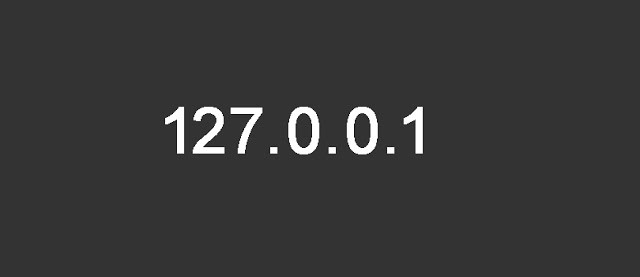In TCP/IP networking, the Loopback Address is the special IP address 127.0.0.1. The loopback address is used to route outgoing IP packets to the TCP/IP protocol stack bound to the network interface card (NIC) and back to the source application without actually placing the packets on the network.
In this article:
- What is a Loopback Address?
- Technical Workings of Loopback Addresses
- Configuring and Using Loopback Addresses
- Applications of Loopback Addresses
- References

1. What is a Loopback Address?
A loopback address, in computer networking, is a virtual network interface primarily used for testing and network diagnostics. Technically, it refers to an IP address that routes the data back to the same device, bypassing external physical network interfaces. This internal communication mechanism ensures that a device’s network setup and IP stack are functioning correctly. The most common IPv4 loopback address is 127.0.0.1, while ::1 is its IPv6 counterpart.
Historical Context and Development
The concept of a loopback address emerged alongside the development of the Internet Protocol (IP). Its introduction was pivotal for testing network software and hardware without the need for a separate physical network. Over time, as networking technology evolved, the role of loopback addresses expanded. They became instrumental in software development, allowing programmers to test network applications locally. The loopback address is now a standard feature in IP implementations, reflecting its enduring importance in networking.
2. Technical Workings of Loopback Addresses
How Loopback Addresses Work
A loopback address functions by redirecting sent packets back to the host. When a device sends data to its loopback address, the local network stack processes it as if it came from another device, but without the data ever leaving the host. This mechanism is crucial for testing and debugging network configurations and applications, as it simulates network communication internally.

Differences between Loopback and Physical Addresses
Unlike physical addresses, which identify actual network interfaces (like Ethernet or Wi-Fi adapters), loopback addresses don’t correspond to physical hardware. Physical addresses facilitate communication over a network, reaching external devices. In contrast, loopback addresses are self-referential, meant only for the host device. This difference underlines their distinct roles: physical addresses connect devices across networks, while loopback addresses ensure internal communication and testing within a single device.
3. Configuring and Using Loopback Addresses
Step-by-step Guide on Setting up and Testing Loopback Addresses in Different Operating Systems
- Windows:
- Open Command Prompt.
- Type
ping 127.0.0.1to test the loopback address. - Check for replies to confirm proper configuration.
- Linux/Unix:
- Open Terminal.
- Use
ifconfigorip addrto view network interfaces, including the loopback. - Test with
ping 127.0.0.1orping ::1for IPv6.
- macOS:
- Similar to Linux, use Terminal for testing.
- Commands like
ifconfigandping 127.0.0.1are applicable.
Common Commands and Tools
Ping: Verifies IP-level connectivity to another TCP/IP computer by sending Internet Control Message Protocol (ICMP) Echo Request messages.Traceroute: Traces the route taken by packets to reach a network host.Netstat: Displays network connections, routing tables, interface statistics, masquerade connections, and multicast memberships.
4. Applications of Loopback Addresses
To test whether TCP/IP is installed correctly on a machine running Microsoft Windows, type ping 127.0.0.1 at the command prompt. You can also type the command ping localhost to achieve the same result, or you can even ping any other legal IP address with the form 127.x.y.z. If this test produces an error, your NIC is incorrectly configured or your TCP/IP stack is corrupt. Try removing and reinstalling TCP/IP on your machine. If that fails, try reinstalling the driver for your NIC or replacing the NIC.
The local loopback mechanism may be used to run a network service on a host without requiring a physical network interface, or without making the service accessible from the networks the computer may be connected to. For example, a locally installed website may be accessed from a Web browser by the URL http://localhost to display its home page.
Real-world Applications in Network Testing and Troubleshooting
- Loopback addresses are crucial for network software and hardware diagnostics.
- They facilitate testing network configurations without external networks.
- Commonly used in automated network scripts for system checks.
Localhost in MySQL databases
The releases of the MySQL database differentiate between the use of the hostname localhost and the use of the addresses 127.0.0.1 and ::1. When using localhost as the destination in a client connector interface of an application, the MySQL application programming interface connects to the database using a Unix domain socket, while a TCP connection via the loopback interface requires the direct use of the explicit address.